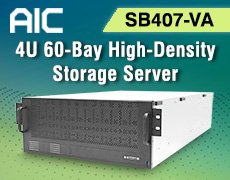FMS 2025: Micron Extends its Portfolio of SSDs with Upcoming Up to 245TB Drive, Up to 122TB E3.S SSD, and PCIe Gen6 Data Center SSD to Power AI Revolution
Including 9650 SSD PCIe Gen6 data center SSD, 6600 ION SSD E3.S 122TB data center SSD with 9th Gen NAND, and 7600 SSD PCIe Gen5
This is a Press Release edited by StorageNewsletter.com on July 30, 2025 at 2:02 pmSummary :
- Complete new portfolio of Micron G9 NAND data center SSDs is the 1st to utilize the industry’s 9th Gen 3D NAND node.
- The 9650 SSD, a world’s 1st PCIe Gen6 data center SSD, delivers twice the performance of competitive drives. (1)
- The 6600 ION SSD, a world’s first E3.S 122TB data center SSD with the industry’s 9th Gen NAND, increases storage density up to 67%. The upcoming 245TB drive is expected to deliver the highest single-drive capacity on the market.
- The 7600 SSD offers superior PCIe Gen5 performance, QoS and energy efficiency for mainstream data center workloads.
Micron Technology, Inc. extends its industry leadership in storage with the launch of 3 new data center SSDs all built with the company’s G9 NAND.
This expansion of the firm’s storage portfolio includes a world’s first PCIe Gen6 NVMe SSD, industry-leading capacity for an E3.S SSD and the lowest latency mainstream Gen5 SSD for AI data centers.(1) These products are highly performant, energy and space efficient, and validated with leading ecosystem partners to streamline qualification and ensure seamless integration, making them the ideal portfolio for the widely divergent needs of AI workloads.
“With the industry’s first PCIe Gen6 SSD, industry-leading capacities and the lowest latency mainstream SSD – all powered by our first-to-market G9 NAND – Micron is not just setting the pace; we are redefining the frontier of data center innovation,” said Jeremy Werner, SVP and GM, core data center business unit, Micron. “This launch cements our leadership in data center SSDs and signals a new era of performance, density and efficiency for our customers.”
9650 SSD: world’s first PCIe Gen6 data center SSD
The unmatched 28GB/s performance of the 9650 SSD accelerates AI training and inference workloads. During inference, high throughput and ultralow latency are essential to enable real-time data access for large models, such as enterprise agents with extended context windows and retrieval-augmented generation pipelines. The 9650 offers superior performance per watt compared to Gen5 SSDs, achieving up to 25% and 67% better storage energy efficiency for random writes and reads, respectively. The reduction in power consumption and carbon emissions allows data centers to meet sustainability goals while enhancing performance. (2)
- Record-setting Gen6 performance: (3)
- Up to 28 GB/s sequential read and 14GB/s sequential write speeds
- Up to 5.5 MIOs random read and 900 KIOs random write speeds
- FIPS 140-3 Level 2 and Trade Agreement Act (TAA) compliant options help ensure SSDs sold to the U.S. government are manufactured or substantially transformed in the United States or in designated countries.
- Pioneering ecosystem collaborations, including prior public demonstrations with Astera Labs and Broadcom accelerate adoption through proven interoperability.
- A liquid-cooled E1.S version is available for the most advanced AI servers.
Click to enlarge
“With up to 5.5 million IOs for random reads, the Micron 9650 is purpose-built for AI pipelines’ high-throughput, low-latency demands. This product helps ensure GPUs remain continuously fed with data, minimizing idle cycles and maximizing system efficiency. Combined with Dell’s advanced server architecture, this innovation empowers enterprises to unlock new levels of performance and insight,” said Arunkumar Narayanan, SVP, compute and networking, infrastructure solutions group (ISG), Dell Technologies, Inc..
“Advanced AI reasoning workloads require agents to swiftly access massive volumes of business and internet data,” said Kevin Deierling, SVP, networking, NVIDIA Corp. “PCIe Gen6 SSDs like the Micron 9650 provide high-speed data access to support accelerated computing performance and efficiency for AI inference and training.”
6600 ION SSD: Massive density with best-in-class space efficiency for AI data lakes
The 6600 ION SSD delivers breakthrough scalability featuring up to 245TBs in a single drive, enabling hyperscale and enterprise data centers to consolidate server infrastructure and build massive AI data lakes – all while reducing storage footprint, energy and carbon emissions. This offering increases storage density up to 67% over the competition and delivers over 88PB/rack using servers, (4) reducing TCO.
- The 122TB E3.S SSD is approximately the size of a deck of cards, providing a 2.4PB of PCIe Gen5 flash storage in a 1U server.
- The 122TB 6600 ION consumes only 1 watt per 4.9TB, offering 37% better energy efficiency than the 3x36TB HDDs required to deliver the same capacity, all in less than a quarter of the space.
- For storage deployments with 2EB of storage, the 6600 ION delivers up to 3.4 megawatt-hours of daily energy savings over HDDs – which is enough energy to power 124 average U.S. homes every day. (5)
- The 6600 ION SSD provides the ultimate in data protection by supporting advanced enterprise-grade security features.
Click to enlarge
“With Supermicro’s broadest selection of Petascale storage optimized servers supporting up to 36 E3.S SSDs, the Micron 6600 ION enables up to 4.42PB per 2U server delivering the highest density and power efficiency for large capacity AI workloads,” said Michael McNerney, SVP, marketing and network security, Supermicro (Super Micro Computer, Inc.). “Our customers benefit from the collaboration between Supermicro and Micron to provide compact, energy-efficient and TCO-optimized systems.”
“The Micron 6600 ION is a game-changer for AI infrastructure, delivering exceptional capacity and performance that enables WEKA customers to manage and process larger datasets with less infrastructure and lower energy use,” said Ajay Singh, CPO, Weka.IO. “We’re also excited about the Micron 9650 PCIe Gen6 SSD, which pairs perfectly with our Augmented Memory Grid technology, which extends GPU memory by leveraging ultra-fast NVMe to accelerate time to first token, boost token throughput, and help avoid the memory wall in high-throughput inference environments.”
7600 SSD: Leading performance for AI inference and mixed workloads
The 7600 PCIe Gen5 SSD offers class-leading performance, (6) low latency and high-reliability QoS to support predictable, lightning-fast responsiveness for demanding data center workloads like AI transformation, training and inference. Capable of delivering industry-best sub-1 millisecond latency on the taxing RocksDB workload, the 7600 SSD is for workloads where response time is critical. The 7600 SSD provides the right balance of affordability, performance and predictable latency for most data center workloads including AI.
- With sequential reads of 12GB/s, the 7600 SSD outperforms competitive mainstream SSDs, with up to:
- 27% better sequential writes with 7GB/s
- 5% better random reads with 2.1 MIOs
- 100% better random writes with 400 KIOs
- Unrivaled RocksDB workload performance and energy efficiency compared to competitive Gen5 SSDs, as follows: (7)
|
|
Random read |
Random read while writing |
|
Maximum performance |
Up to 21% higher |
Up to 23% higher |
|
99thpercentile latency |
Up to 59% better |
Up to 76% better |
|
Energy efficiency |
Up to 78% better |
Up to 79% better |
Click to enlarge
“At CoreWeave, we’re relentlessly focused on pushing the boundaries of performance and helping our customers maximize their infrastructure efficiency,” said Chetan Kapoor, CPO, CoreWeave, Inc. “The Micron 7600 SSD, with its strong performance and low latency, is a welcome addition that will help our customers scale out to hundreds of gigabytes of data throughput and accelerate their time to market.”
Micron’s vertical integration ensures that each of these SSDs is designed and manufactured with a Micron controller, G9 NAND, DRAM, firmware and manufacturing processes. This integration helps provide quality and a more reliable, secure supply chain. Additionally, key security features – including hardware root of trust, SPDM 1.2 (attestation) for identity authentication and firmware verification, CNSA 2.0 dual signed PKI/LMS firmware binary, self-encrypting drive (SED) and Micron Secure Execution Environment (8) – help secure data. OCP 2.6 support is available for the Micron 9650 and 6600 ION SSDs, and the 7600 SSD utilizes OCP 2.5 support. (9)
Availability:
- The 9650 and 7600 SSD samples are shipping to customers. The 9650 is offered in E3.S and E1.S 9.5mm and 15mm form factors with air-cooled and liquid-cooled options.
- The 7600 SSD is available in multiple form factors, including E3.S, U.2 and E1.S with air-cooled heat sink options.
- The 6600 ION 122TB SSD samples are shipping later in the 3rd quarter of calendar year 2025 in E3.S and U.2 form factors. The 245TB SSD version of the 6600 ION SSD is planned to be available in the 1st half of calendar year 2026.
Werner will present at the Future of Memory and Storage Summit 2025 (FMS) with a keynote address on Aug. 5 at 1 p.m. PT. The 9650, 6600 ION and 7600 SSDs – along with Micron HBM4, SOCAMM and LPDDR5 memory – will be showcased at Micron’s booth (#107) from Aug. 5-7, highlighting Micron’s extensive portfolio of data center memory and storage products.
More thoughts from the industry…
“Micron’s cutting-edge storage technologies showcase the importance of fast, efficient storage as AI workloads continue to redefine infrastructure requirements,” said Raghu Nambiar, corporate VP, data center ecosystems and solutions, AMD (Advanced Micro Devices, Inc. “Our close engineering collaboration with Micron ensures their storage innovations are well-positioned to unlock the full potential of next-generation server platforms powered by AMD. Together, we’re enabling the performance, scalability and efficiency needed to support today’s most demanding enterprise applications.”
“The sheer velocity of AI – from ever-growing frontier models to the proliferation of agentic systems – demands a leap forward in data movement,” said Thad Omura, chief business officer, Astera Labs, Inc. “To utilize the full potential of rack-scale compute, next generation PCI Express is critical not just for increased throughput, but for boosting overall system efficiency and enabling more performance per watt, which accelerates AI breakthroughs. Our demonstrated end-to-end PCIe 6 interoperability, connecting Micron’s 9650 SSD with our Scorpio P-Series Fabric Switches and Aries Smart PCIe Gen6 Retimers, is key to enabling the high-bandwidth, low-latency fabric vital for AI at scale.”
“Interoperability testing with Micron’s new 9650 SSD and the Marvell Alaska P PCIe Gen6 retimer marks a key milestone in advancing the PCIe Gen 6 ecosystem and supports our joint development efforts for hyperscale customers,” said Xi Wang, SVP and GM, connectivity BU, Marvell Technology, Inc. “Combining the high-performance, energy-efficient SSD with the PCIe retimer’s robust link extension capabilities removes physical barriers between compute and storage – giving customers the flexibility to optimize for a wide range of AI workloads.”
(1) At the time of announcement, no other Gen6 competitive SSDs are available that can provide the same or better performance as the Micron 9650 Gen6 SSD. The 9650 has 2 times the sequential read performance of the previous-gen 9550. Additionally, the Micron 6600 ION currently provides the highest-capacity solution available in a rack comparison using Micron E3.S drives: 20 SSDs per 1Ux36 servers (36U) x 122TB equals 88.5PB versus similar competitive U.2 form factor SSDs with 24 SSDs per 2Ux18 servers (36U) x 122TB equaling 53PB, leaving 6U for other equipment in each rack. The Micron 7600 SSD has the lowest latency based on competitive testing in Micron labs and has the lowest sub-1ms latency up to QD128 based on RocksDB testing in Micron labs with available drives, per footnote 5.
(2) The 9650 has improved energy efficiency with two times the sequential read performance of the 9550 SSD, Micron’s previous-gen drive, with the same 25W maximum power.
(3) Learn more details about the Micron 9650 SSD in the available product brief.
(4) System comparison based on E3.S and U.2 form factors, preferred by major OEM, using a 20-slot, E3.S-based 1U SSD platform versus 24-slot, U.2-based 2U SSD platform.
(5) The 6600 ION 122TB SSD operates at 25W peak power and three 36TB HDDs operate at 10W peak power each. Energy savings are calculated as the difference between the drives running at maximum power. HDD comparison is to 36TB Seagate Exos Mozaic 3+ HDDs. Source: Seagate Mozaic Platform. Average home energy consumption is based on the U.S. EIA average of 10,500 kilowatt-hours (kWh) of electricity per year, or 28.8kWh per day, per household.
(6) 7600 SSD comparisons are based on currently in-production and available Gen5 mainstream data center SSDs from the top five competitive suppliers of OEM data center SSDs by revenue as of May 2025, as per Forward Insights analyst report, “SSD Supplier Status Q1/25.”
(7) As tested in Micron labs, SSD comparisons are based on currently in-production and available Gen5 high-capacity data center SSDs from the top five competitive suppliers of OEM data center SSDs by revenue as of May 2025, as per Forward Insights analyst report, “SSD Supplier Status Q1/25”.
(8) No hardware, software or system can provide absolute security under all conditions. Micron assumes no liability for lost, stolen or corrupted data arising from the use of any Micron products, including those products that incorporate any of the mentioned security features.
(9) The Micron 9650 and 6600 ION data center SSDs comply with most, but not all, requirements of the Open Compute Project Datacenter NVMe SSD Specification 2.6. The 7600 SSD complies with most, but not all, requirements of the Open Compute Project Datacenter NVMe SSD Specification 2.5.
Resources:
Micron FMS webpage
Micron data center storage webpage
Micron 9650 SSD webpage
Micron 6600 ION SSD webpage
Micron 7600 SSD webpage
Blog: Micron G9 NAND-based SSDs set the pace for AI and cloud
Blog: Embracing AI: My journey from compute to memory at Micron
Blog: Accelerating AI at the edge demands the right kind of processor and memory
Comments
We wrote a few days ago that the SSD battle is on. First it is always the case as this market segment is super hot pushed by workloads pressure such AI or other high demanding ones but with FMS 2025 around the corner the activity is just even more dense.
Kioxia has made the 1st move with 245TB SSD a few days ago, it is now Micron and we'll see probably other vendors at the show unveiling as well high capacity SSD. No doubt on this.
This Micron announcement is interesting for several aspects: the 9th generation of NAND offered both in TLC and QLC with these 3 products, 245TB for the 6600 product and PCIe Gen 6 delivering low latency and high throughput an IOPS in various form factors.
Obviously the 6600 is based on QLC and supports today PCIe Gen 5 being similar on several aspects - capacity, NAND type and connectivity - with the Kioxia LC9.
Click to enlarge






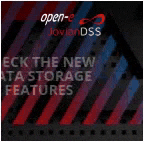

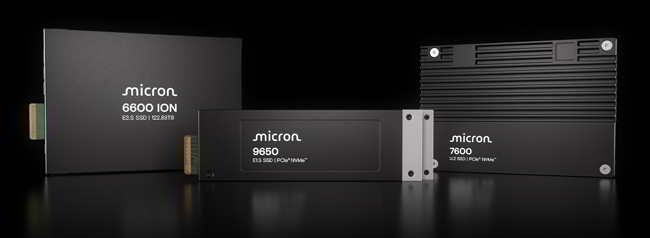
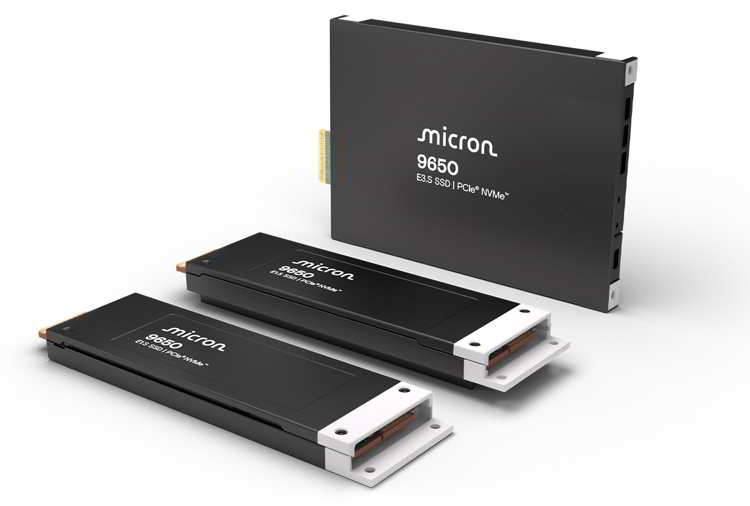
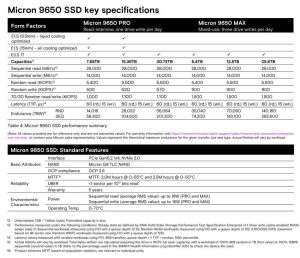
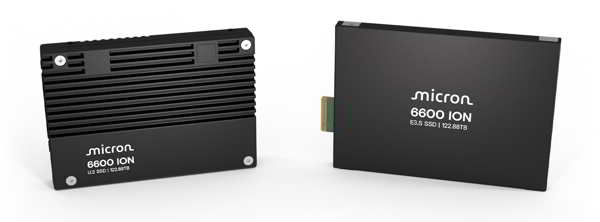
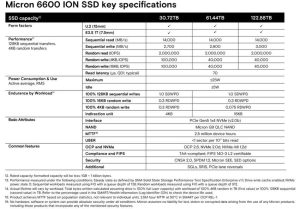
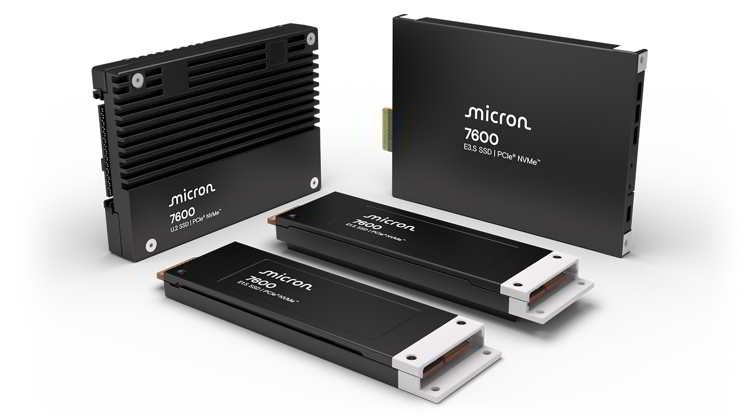
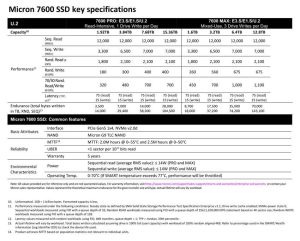
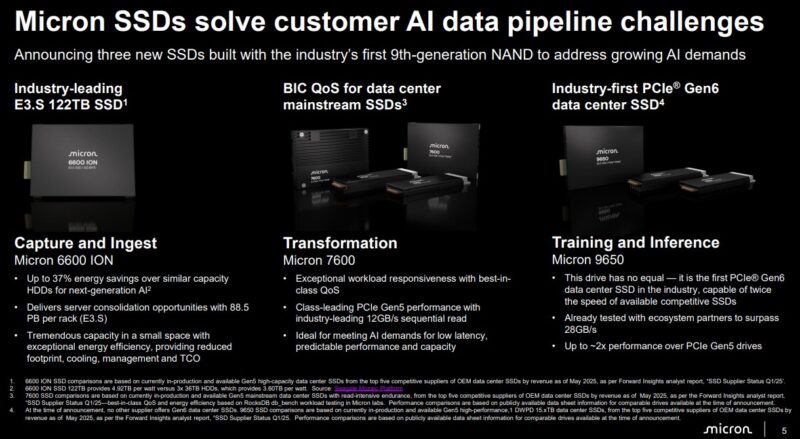






 Subscribe to our free daily newsletter
Subscribe to our free daily newsletter


